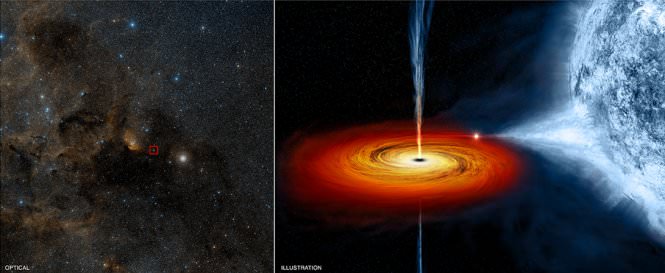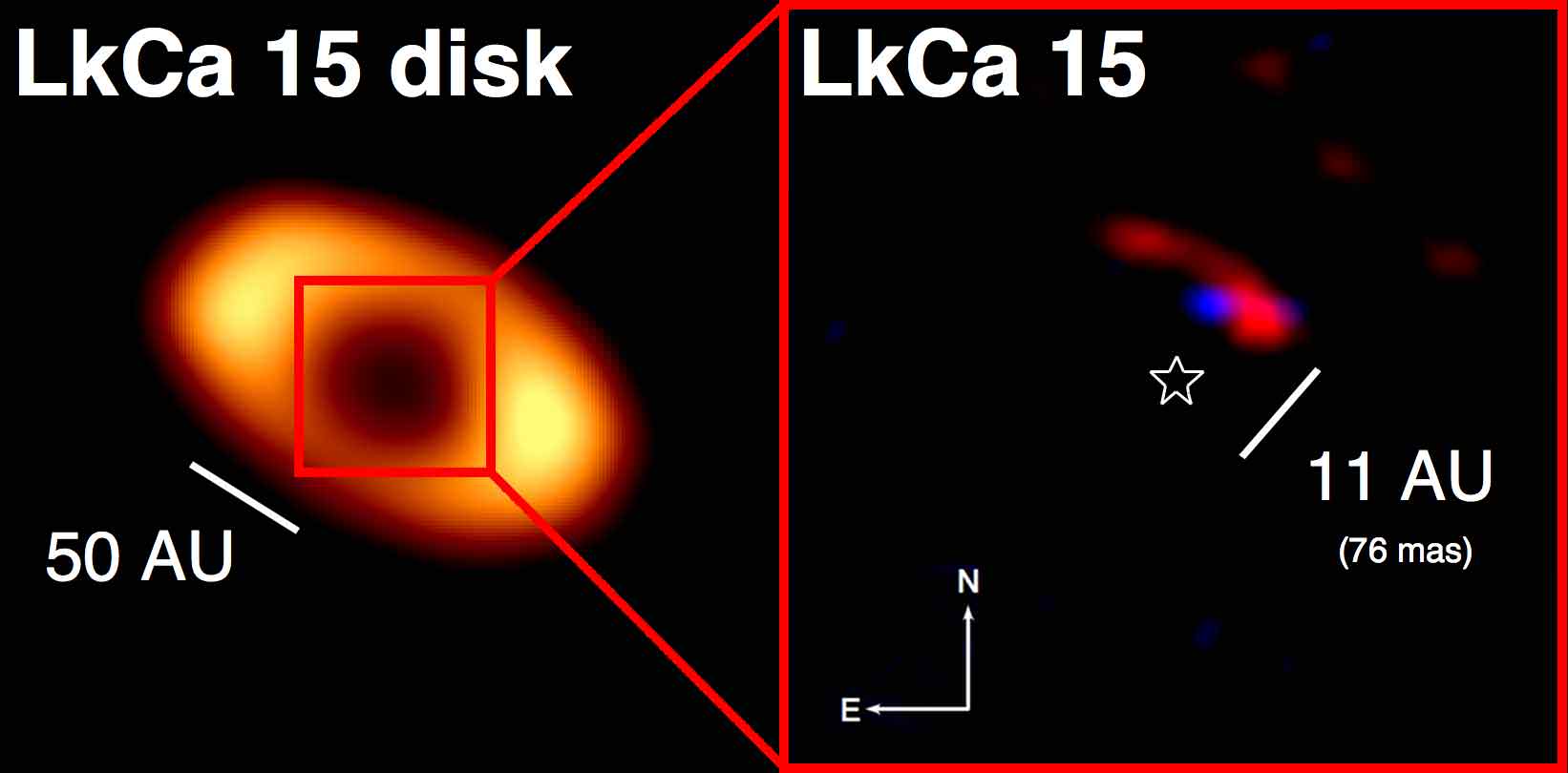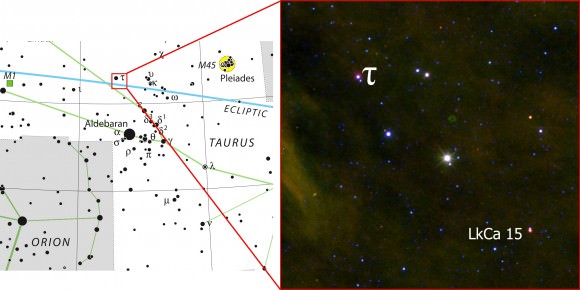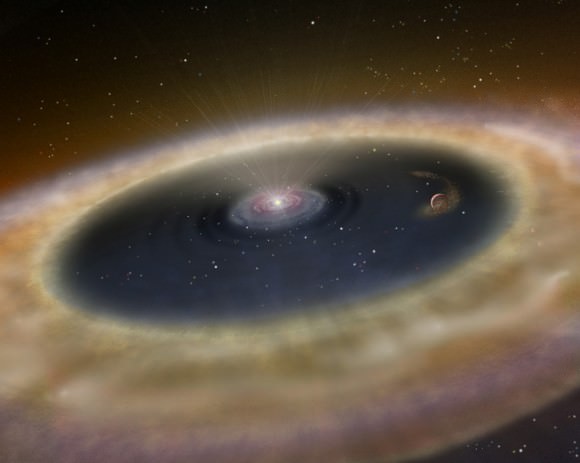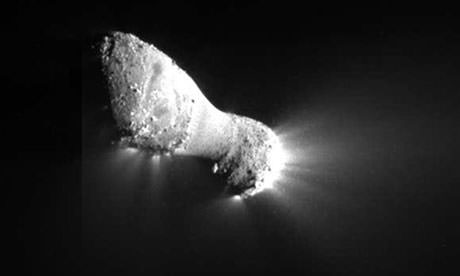[/caption]
Light may not be able to escape a black hole, but now enough information has escaped one black hole’s clutches that astronomers have, for the first time, been able to provide a complete description of it. A team of astronomers from the Harvard-Smithsonian Center for Astrophysics (CfA) and San Diego State University have made the most accurate measurements ever of X-ray binary system Cygnus X-1, allowing them to unravel the longstanding mysteries of its black hole and to retrace its history since its birth around six million years ago.
Cygnus X-1, which consists of a black hole that is drawing material from its massive blue companion star, was found to be emitting powerful X-rays nearly half a century ago. Since its discovery in 1964, this galactic X-ray source has been intensely scrutinized with astronomers attempting to gain information about its mass and spin. But without an accurate measurement of its distance from the Earth, which has been estimated to be between 5,800 and 7,800 light-years, we could only imagine what secrets Cygnus X-1 was harboring.
Astronomer Mark Reid of CfA led his team to garner the most accurate measurement of the distance to Cygnus X-1 with the help of the National Science Foundation’s Very Long Baseline Array (VLBA), a continent-wide radio-telescope system. The team locked down a direct trigonometric measurement of 6,070 light-years.
“Because no other information can escape a black hole, knowing its mass, spin and electrical charge gives a complete description of it,” says Reid who is a co-author of three papers on Cygnus X-1, published in the Astrophysical Journal Letters (available here, here, and here). “The charge of this black hole is nearly zero, so measuring its mass and spin make our description complete.”
Using their new precise distance measurement along with the Chandra X-ray Observatory, the Rossi X-ray Timing Explorer, the Advanced Satellite for Cosmology and Astrophysics and visible-light observations made over more than two decades, the team pieced together the “No Hair” theorem – the complete description that Reid speaks of – by revealing a hefty mass of nearly 15 solar masses and a turbo spin speed of 800 revolutions per second. “We now know that Cygnus X-1 is one of the most massive stellar black holes in the Milky Way,” says Jerry Orosz of San Diego State University, also an author of the paper with Reid and Lijun Gou of the CfA. “It’s spinning as fast as any black hole we’ve ever seen.”
As an added bonus, observations using the VLBA back in 2009 and 2010 had also measured Cygnus X-1’s movement through the galaxy leading scientists to the conclusion that it is much too slow to have been produced by the explosion of a supernova and without evidence of a large “kick” at birth, astronomers believe that it may have resulted from the dark collapse of a progenitor star with a mass greater than about 100 times the mass of the Sun that got lost in a vigorous stellar wind. “There are suggestions that this black hole could have formed without a supernova explosion and our results support those suggestions,” says Reid.
It seems that with these measurements, Professor Stephen Hawking has well and truly had to eat his own words after placing a bet with fellow astrophysicist Kip Thorne, a professor of theoretical physics at the California Institute of Technology, that Cygnus X-1 did not contain a black hole.
“For forty years, Cygnus X-1 has been the iconic example of a black hole. However, despite Hawking’s concession, I have never been completely convinced that it really does contain a black hole – until now,” says Thorne. “The data and modeling in these three papers at last provide a completely definitive description of this binary system.”
Sources: CfA

